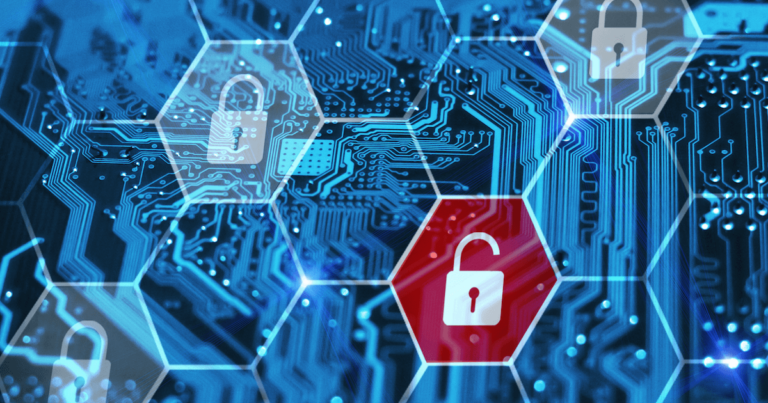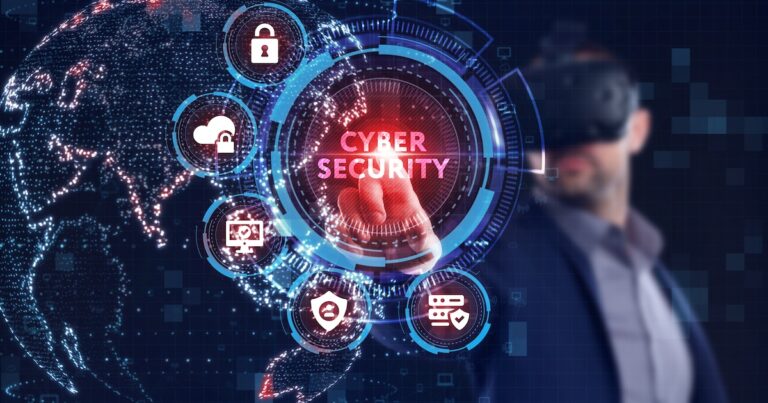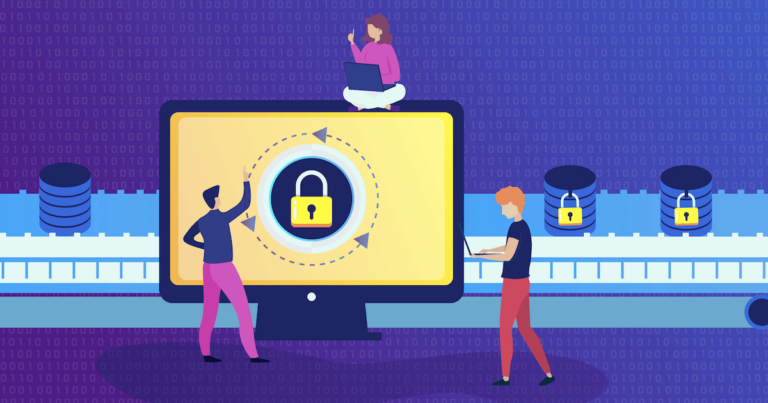Remote work and hybrid offices are the new normal. We all know this shift in the workplace is a result of global pandemic. While employees find work from home culture convenient and ask for better policies from employers, organizations are struggling with new challenges posed by cyber security in remote work environments.
Companies are at greater risk due to phishing attacks, password sharing, and unsecured personal devices. Implementing a security model for the data stored on-site was easier. With the change in work attitudes and the need for remote working, businesses have been hard-pressed to modify their existing security model to work with the new paradigm since hackers have welcomed the change well and are looking to leverage vulnerabilities and gaps in the corporate security networks.
Let’s have a look at some of the attacks that happened in the past two years and made 2021 a very difficult year for cyber security in so many sectors.
According to Positive Technologies’ findings, in 93 percent of cases, an external attacker breached an organization’s network perimeter and took over access to their local network resources. In another report, ransomware, which has existed for decades, is the widely preferred cyber-weapon used by hackers in 2021 for data breaches.
The most common types of attacks used to exploit small businesses are phishing/social engineering (57%), compromised/stolen devices (33%), and credential theft (30%). Apart from these, the sectors that been in top list of hackers in 2021 were:
- Education/Research sector up by 75%
- Cyber attacks on the Healthcare sector up by 71%
- ISP/MSP up by 67%
- Media Communications +51%
- Government / Military sector up by 47%
Organizations shouldn’t leave their data security up to chance. Cyber threats impact businesses in the long term and could result in lost revenue, operational disruption, and stolen customer data along with reputational damage. So, with everything that’s at risk, organizations must plan ahead on how to keep their data and infrastructure robust for their organization.
Types Of Cyber Security Threats and Tips To Overcome Them
The thing that makes the situation even direr is that many organizations have poor cyber security posture with inadequate policies. Due to lacking the right security policies in place, organizations cannot implement and ensure secure remote working. Let’s identify the gaps in security within organizations and talk about the ideal ways that should be followed to overcome them.
1. Human Vulnerability
People know how to work on a laptop and be productive, not more than that. Providing them with office laptops doesn’t make them understand what security measures need to be followed. Hence, businesses put unmanaged endpoints and laptops to employees without corporate control. They are accessing the corporate network through the public network. And they are not used to being alert to cyber threats.
Cybercriminals take advantage of this human vulnerability. They thrive in times of uncertainty. The behavioral side of the problem leads to phishing attacks and credential risks.
To mitigate cyber threats caused due to human vulnerability, companies need to maintain good security practices. This will reduce security loopholes, which often come to the fore due to employees’ lack of cyber security training.
2. Technical Vulnerability
As most of the workforce starts working remotely, the attack surface expands. If the remote infrastructure is not set up quickly and carefully and has a large amount of traffic, it can be an attractive target point for criminals. To effectively manage cyber threats, businesses need to follow these five recommendations.
a. Add Security To Network
It professionals should take time to rebuild their security posture according to the “secure by design” principle. Companies need to add security to their network fabric. It should be embedded in all processes, applications, infrastructure, cloud, and data. Using VPN should be an ideal practice to establish a secure connection between corporate networks and the internet. It allows you to protect data and manage user access effectively.
b. Automation And Machine Learning
Companies should use automation and machine learning. Automation of some processes can free up a significant amount of time for security professionals who often feel overloaded and struggle to keep up security posture for hundreds or thousands of devices and corporate networks.
c. BYOD Policy
The company’s Bring Your Own Device (BYOD) policy needs to be revised. The organization should distribute managed devices to employees, or they may enable employees to use their personal devices but are connected to a corporate network. Companies can allow employees to use personal devices but with containerization implemented to separate personal and business applications and data.
d. Promote Training & Self-Learning
There is a need to increase safety awareness among both employees and customers. Educating people about safe online behavior helps them make the right decisions regarding cyber security. This can be done through awareness campaigns, compulsory quizzes, and certificates.
e. User-Friendly Reporting & Implementation
Employees’ security needs to be made more invisible and user-friendly. If the processes require users to make minimal effort to achieve protection, users will be more likely to follow the necessary steps. The more complex a process, the more frustrating and unsafe it becomes. Having uninterrupted protection doesn’t mean reducing it.
Read more and find a technical guide on Cloud Security Best Practices
Conclusion
Remote working culture bounds organizations to review and strengthen their security position. Businesses need to ensure that their security at all levels continues to function tirelessly at each endpoint. By refurbishing old security controls and manufacturing new ones in keeping with the “secure by design” principle, companies can make security more invisible and user-friendly. The use of automation and machine learning techniques will help the processes and ecosystem handle and manage frictionless security. These recommendations will help address practical and technical challenges and effectively protect businesses in this rapidly evolving threat landscape.




